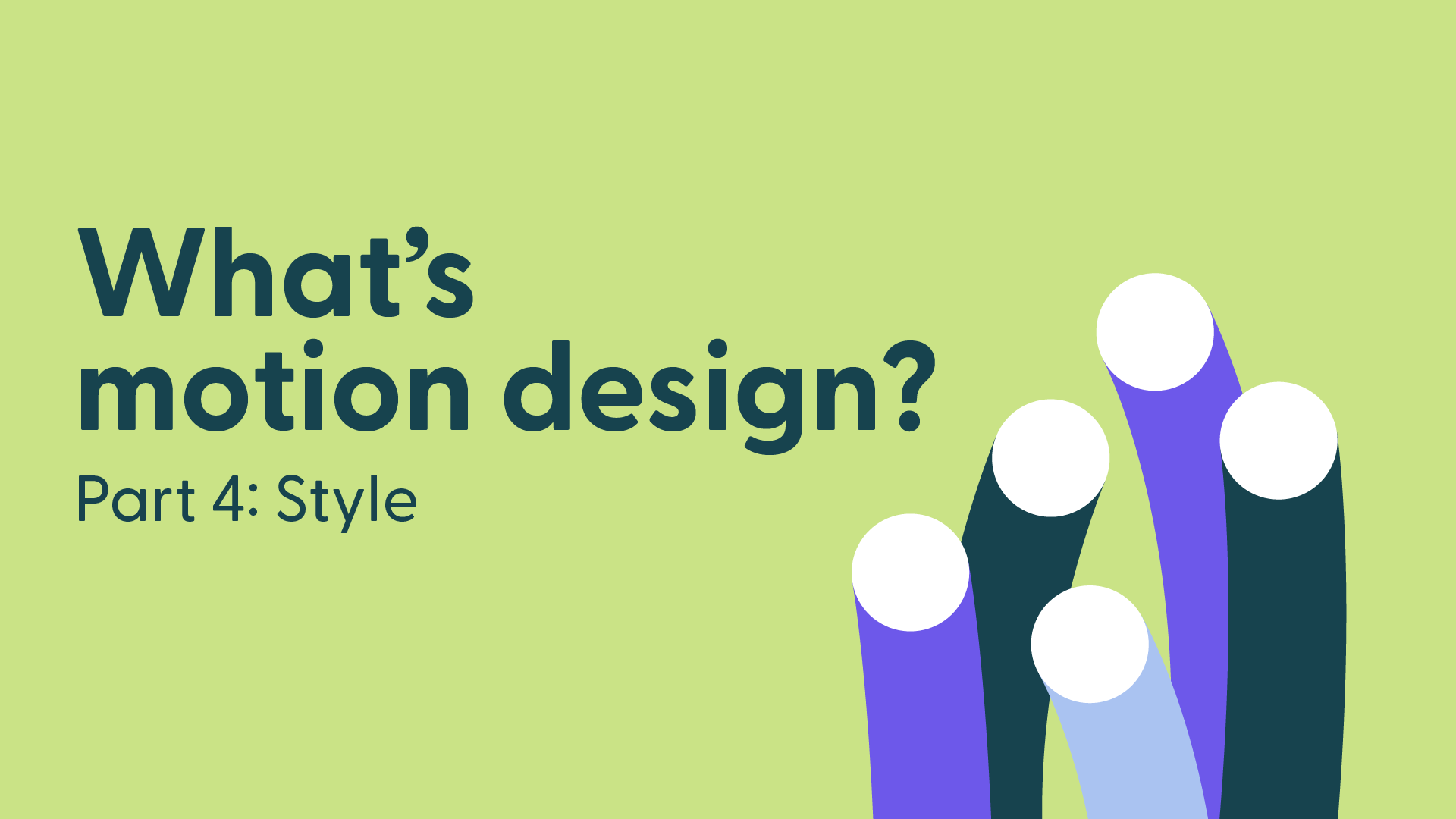Welcome to the final part of our series 'What’s Motion Design?', where we attempt to define what motion design is. This week, we focus on the most popular styles used in motion design.
4 - Styles
Each style offers a unique approach to conveying messages and creating distinct visual experiences. Whether through the clean look of flat design, the rich details of realism, or the captivating effects of mixed media, the choice of style influences not only aesthetics but also audience engagement. In this final section, we explore various motion design styles, highlighting how they can be used to enhance creative expression and meet the specific goals of each project.
a. Mixed Media
The mixed media style integrates various types of media into a single animation, such as filmed sequences, 2D and 3D animations, illustrations, and typography. Inspired by the stop motion technique, this style has a very choppy look due to a low frame rate.
b. Mixed techniques
Mixed techniques blend different animation methods, such as combining traditional animation with 3D, to create unique visual effects. This approach allows for creative combinations and produces animations that stand out for their originality.
c. 2D / 3D mix
The 2D/3D mix combines 2D and 3D elements in the same animation to create a distinctive visual aesthetic. This technique allows for enriched visual effects, adding depth and dynamism to projects while maintaining a graphic simplicity.
d. Hand drawn
Hand-drawn animation offers an artistic and organic look. This style is appreciated for its texture and personal touch, bringing a unique and handcrafted quality to productions.
e. Clay
In motion design, the clay style refers to 3D animation that uses simplified textures, sometimes mimicking the appearance of modeling clay. This style gives a soft and graphic rendering, with clean shapes and textures. It is often chosen for its unique visual aesthetic and its ability to create both appealing and stylized animations.
f. Realistic
Realistic animation aims to faithfully reproduce the details and movements of reality. This style allows for the creation of convincing and credible visual representations that incorporate natural and realistic elements.
g. Experimental
Experimental animation explores unconventional techniques and visuals to create innovative and artistic effects. This style is used to push the boundaries of visual design and discover new ways of creative expression, often in service of an artistic or avant-garde project.
h. Flat design
Flat design is a minimalist style that uses bright colors and simple geometric shapes, without depth effects or shadows. This clean style stands out for its visual clarity and effectiveness in communicating messages directly and accessibly.
i. Isometric
The isometric style uses axonometric perspective to represent objects in three dimensions on a two-dimensional plane. This style allows for the creation of detailed and structured environments while maintaining a consistent and uniform view.
Conclusion
In summary, motion design is a powerful and versatile tool that can enhance visual communication, capture attention, simplify complex concepts, and reinforce brand identity. Whether for explainer videos, advertisements, internal presentations, or awareness campaigns, motion design offers a multitude of creative possibilities to achieve your communication goals.
Thank you for following this series so enthusiastically. More interesting articles are on the way, so don’t forget to subscribe to our newsletter to receive them directly in your inbox: subscribe here
Have a great week!


